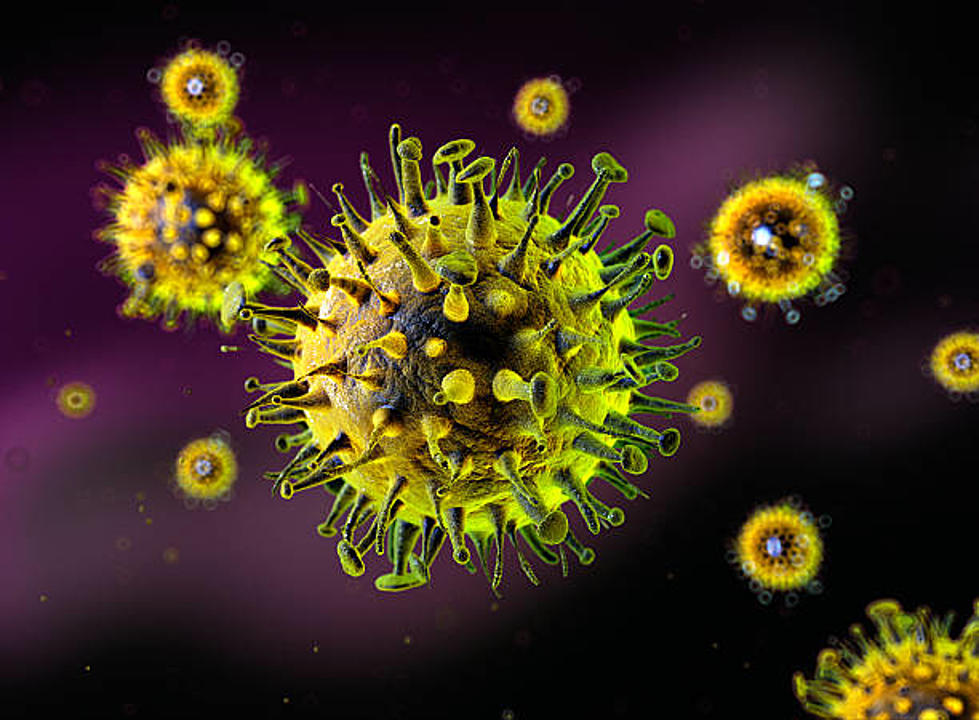Influenza B Strain Still Going Strong
The type A influenza that sent patients to emergency rooms this flu season was bad enough -- now we have type B.
Overall flu activity may be down, but the percentage of cases being caused by influenza B virus is on the rise nationwide, including reports from Washington, Idaho and Oregon, according to the Centers for Disease Control and Prevention.
In Washington state, Type B outbreaks have been filed in areas including Spokane, King, Kitsap and Clark counties.
72 percent of hospitalizations
In Spokane County, influenza B caused 72 percent of the flu-related hospitalizations during March, compared to 27 percent last year, according to the Spokane Regional Health District. “Numbers for the B-strain are significantly higher than previous seasons,” its press release said.
The late-season uptick serves as a reminder that type B can make people just as ill as type A, said infectious disease specialist George Novan, clinical professor of medicine at Washington State University’s Elson S. Floyd College of Medicine.
A vs. B — equally severe
“The world’s four pandemics were caused by influenza A, so it was long believed that B caused less severe symptoms. We now know from research that it causes equally severe illness,” he said.
Because of type A’s historical notoriety and its ability to infect certain animals as well as humans, the virus garners more attention than B. Another big difference? Where A is broken down into multiple subtypes that rapidly mutate, influenza B is separated into only two lineages, both of which mutate more slowly: Yamagata and Victoria, named after cities in Japan and Australia.
Even so, as influenza B edges out A as the dominant strain this spring, “people shouldn’t take it lightly. People die of B, too,” Novan explained.
The good news is that cases should start to wane in a few weeks. Also, this season’s flu vaccine is more effective against influenza B than the A strain, according to the CDC.
Symptoms and strategies
The hallmarks of A and B flu viruses are fever, fatigue and body aches, along with cough and sore throat and nasal congestion, Novan said.
Avoid close contact with sick people, cover your nose and mouth with a tissue when you cough or sneeze and then throw that tissue away, Novan advises. Wash your hands often with soap and water and disinfect surfaces that might be contaminated with the virus, such as doorknobs, counters, tabletops and faucets. (The virus survives on hard surfaces for up to 24 hours, according to the CDC.)
In addition, get a flu shot each year. “Do it for yourself, your family and community,” he said.
More From NewsRadio 560 KPQ









